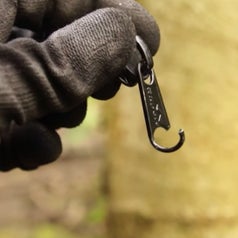Bushcraft camping is all about wilderness survival skills and learning how to thrive in nature. 🏕
1. Know your basics with the "five Cs of survivability."
2. Learn how to properly pack your backpack for easy access to the most important items — and so you don't forget anything essential.
3. And test your kit on a short trip to make sure you're not overpacking.
4. Teach yourself different types of knots that'll come in handy whether you're setting up a tent, tying up a hammock, or performing first aid.
5. And learn how to coil cordage so it doesn't get tangled.
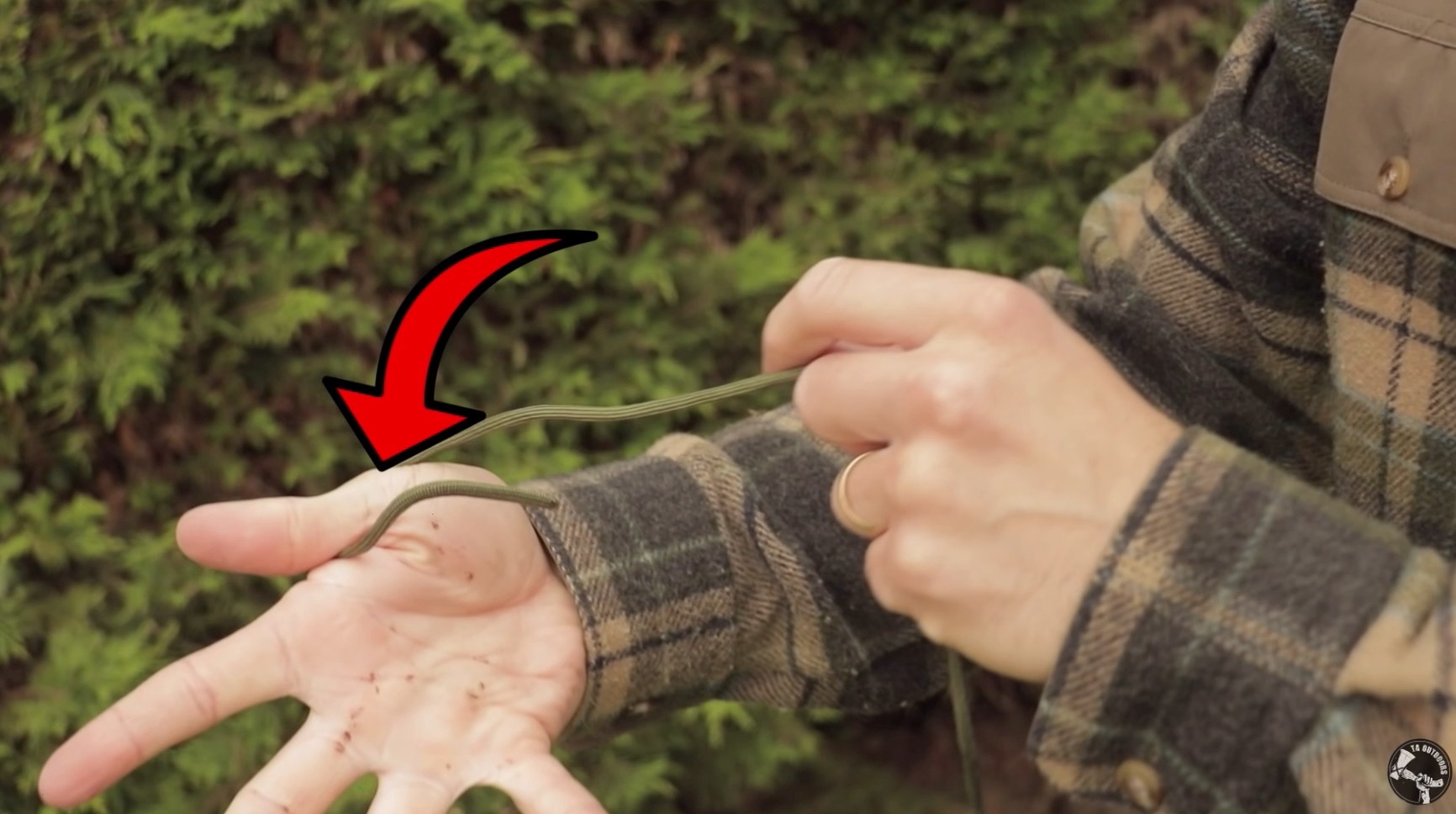
Cordages are one of the five Cs mentioned above as necessary tools for survival.
6. If you're not sure how much daylight there is left in the day, use this cool trick to measure it with your hand.
7. Memorize the methods for building a campfire.
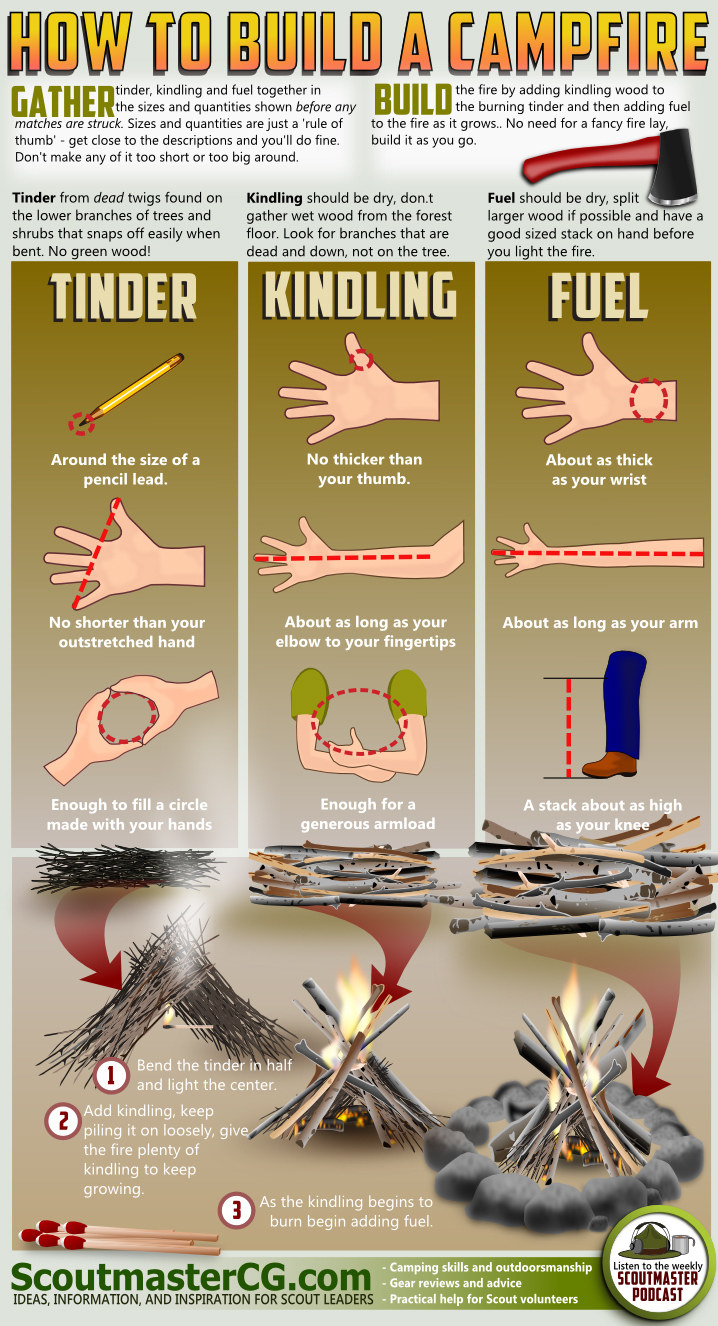
8. If the ground is too wet to start a fire, you can make a portable stove out of a can.
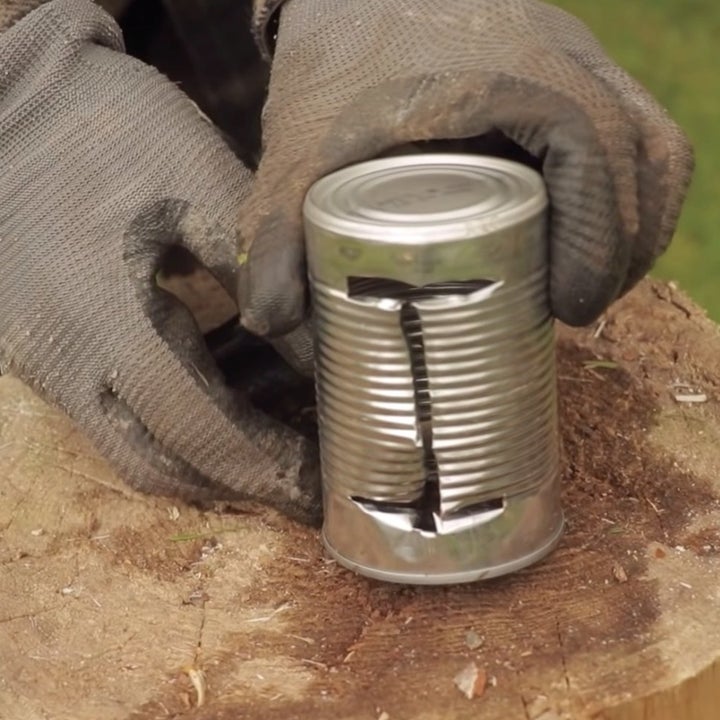

9. And you can use the can as a candle holder too.
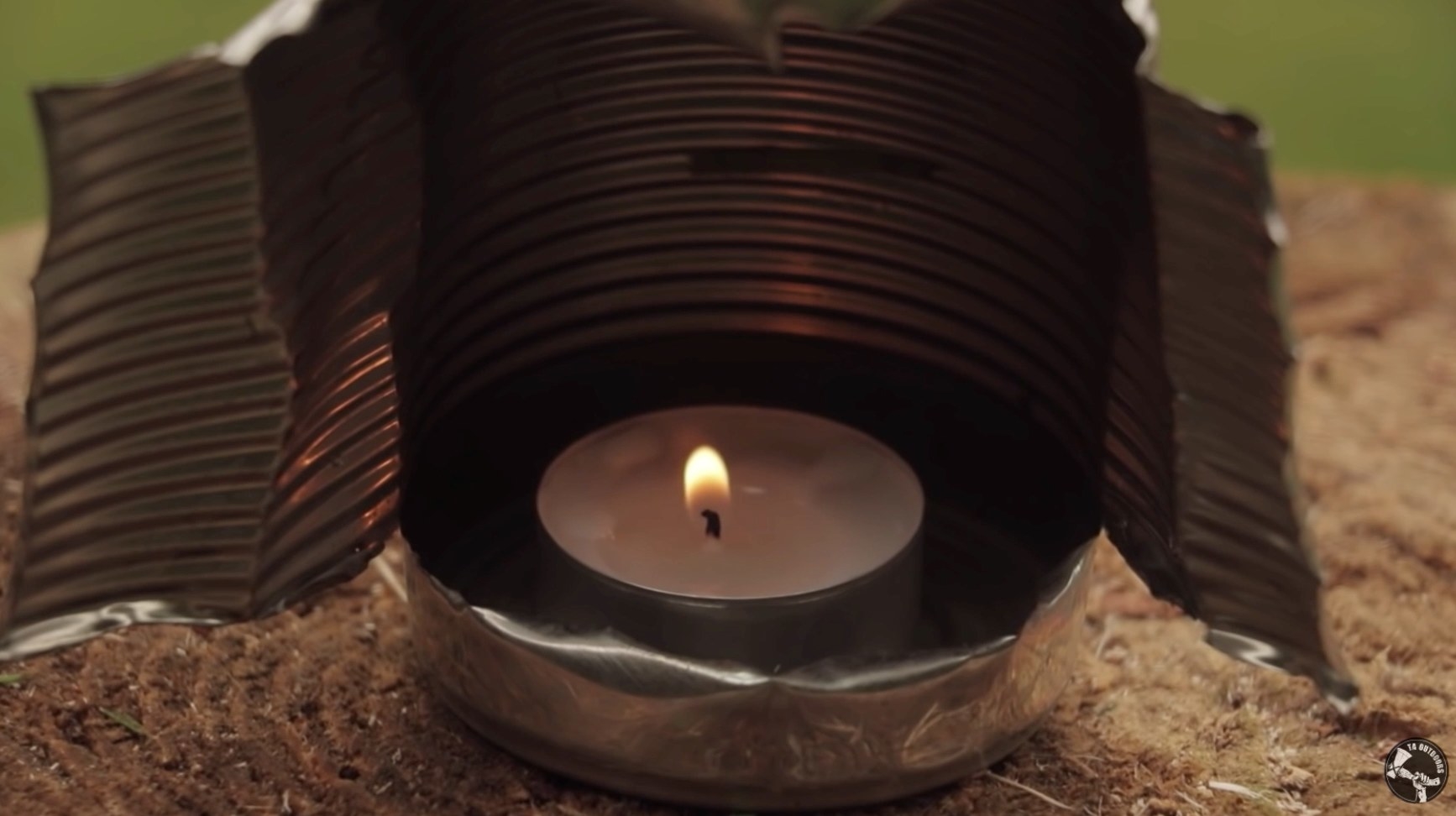
10. Get familiar with different types of wood so you know which one to use to start a fire.
11. In a pinch, you can use hand sanitizer to help ignite a fire.
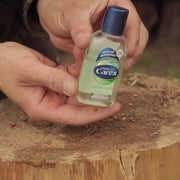



12. Learn about different methods to cook in the wild –like cooking on a rock.
13. Use pine needles as mosquito repellent.
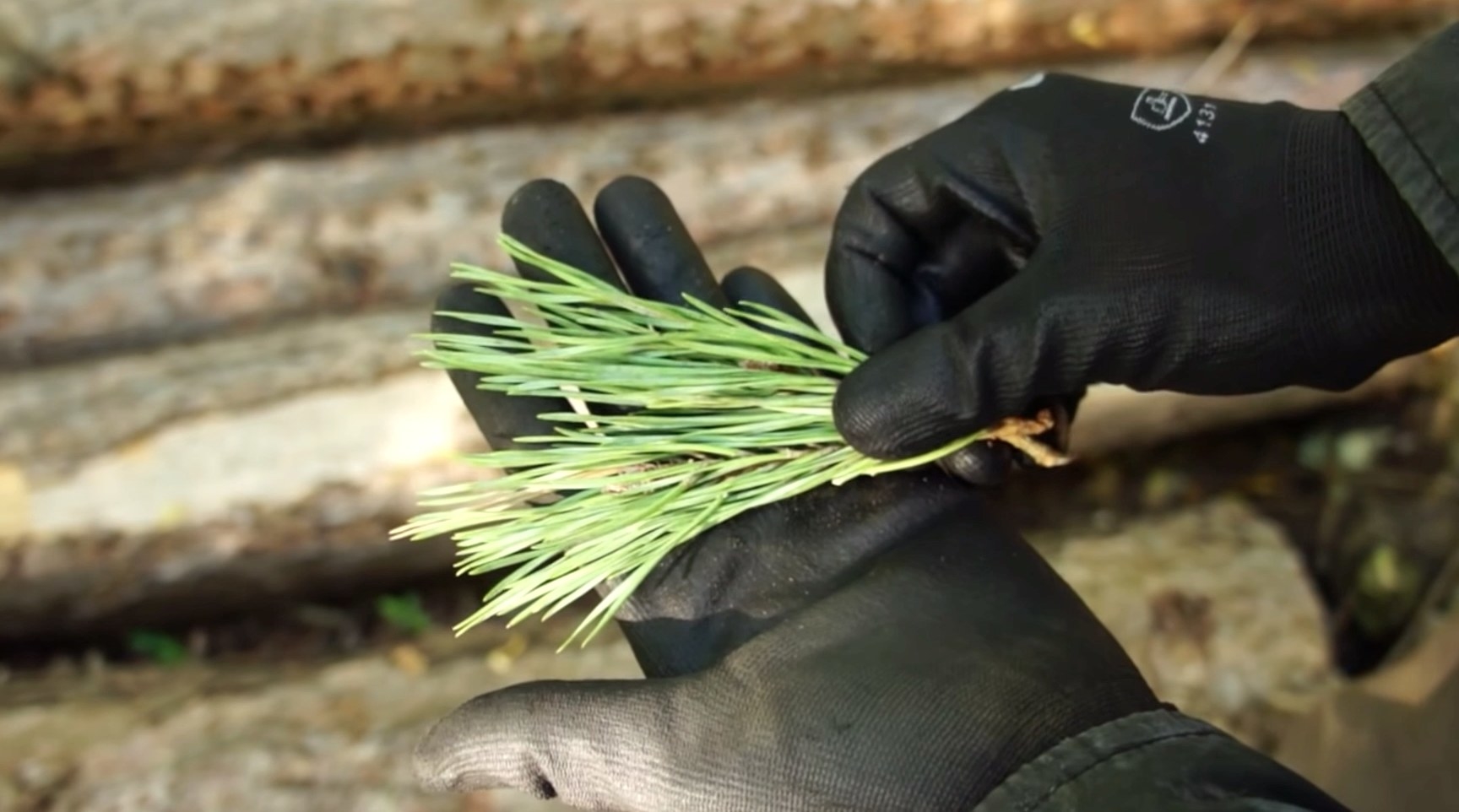
14. Learn about all the ways to make shelters using tarp.
15. Flip the battery upside down in your headlamp when you're not using it, so it doesn't accidentally turn on when it's in your bag and run out of power.
16. If your shoes got wet, place hot stones in them to dry them up.
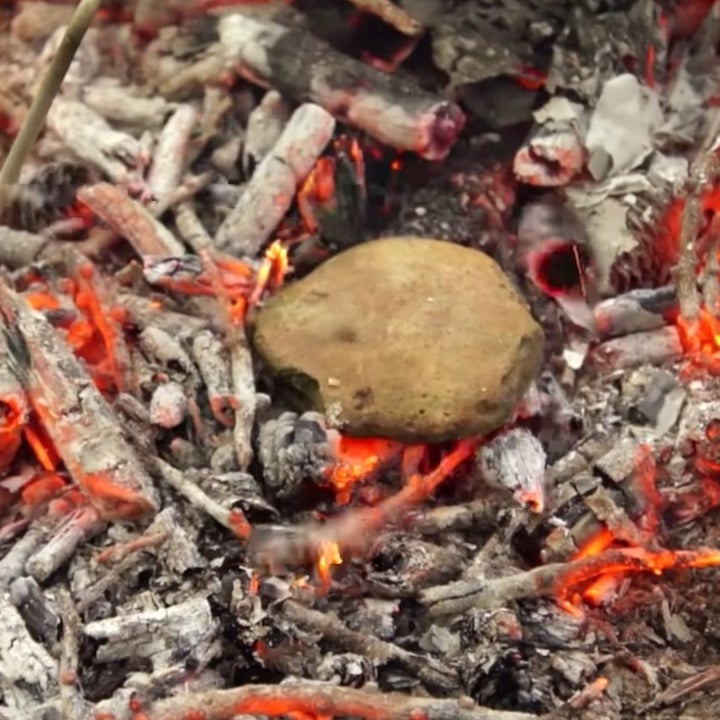

17. Learn how to recognize animal tracks so you know what wildlife you're surrounded with.
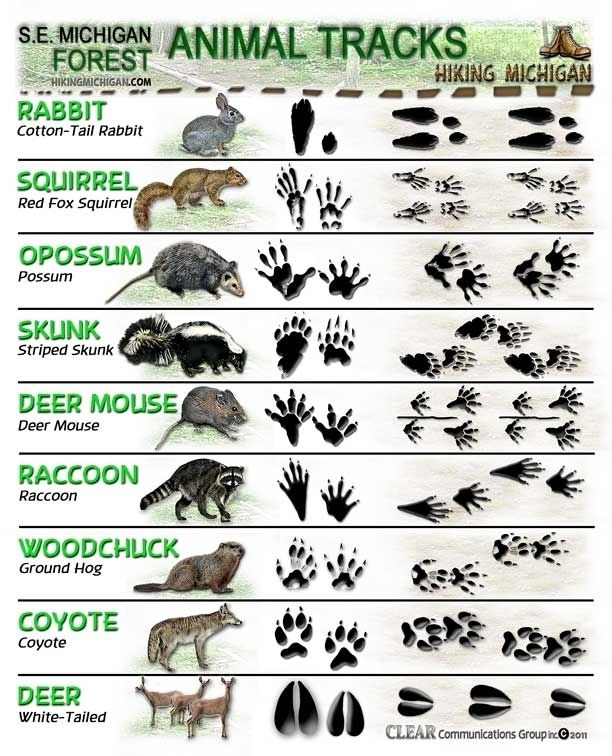
18. And use a zipper as a makeshift fishing hook.
